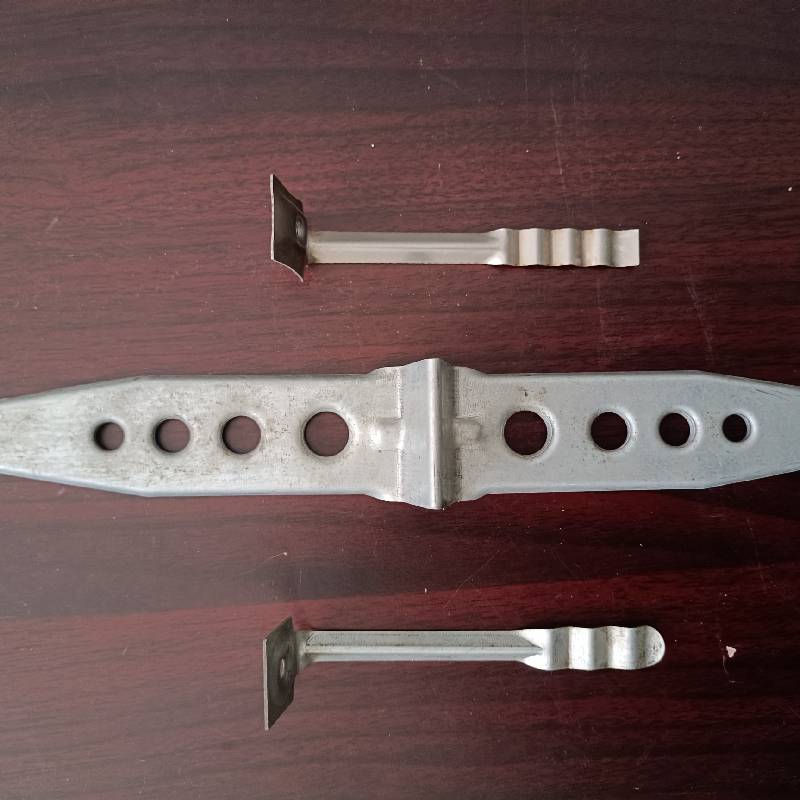
- Mobile Phone
- +8613931874955
- sales@cntcmetal.com
High Temperature Resistant Compression Springs for Extreme Conditions and Applications
High Temperature Compression Springs Design and Applications
High temperature compression springs are vital components in various mechanical systems where extreme thermal conditions are present. These specialized springs are engineered to maintain their structural integrity and functionality in environments that can reach elevated temperatures, making them indispensable in industries such as aerospace, automotive, and oil and gas.
The design of high temperature compression springs involves a careful selection of materials that can withstand heat without losing their mechanical properties. Common materials used include Inconel, Stainless Steel, and other high-performance alloys. These materials offer not only high strength but also excellent resistance to oxidation and corrosion, which are critical in hot environments.
One of the primary considerations in designing high temperature compression springs is their load-bearing capacity. As temperature increases, the material properties can change, potentially leading to reduced strength. Therefore, engineers must calculate the spring constants and load limits while accounting for thermal expansion and potential changes in stiffness. This ensures that the spring can perform optimally even when subjected to significant thermal stress.
high temperature compression springs

Moreover, the manufacturing process of these springs also plays a crucial role in their performance at high temperatures. Processes like cold winding and hot coiling are considered depending on the material and the intended application. The winding process must be meticulously controlled to avoid introducing stresses that could compromise the spring’s performance when exposed to high temperatures.
High temperature compression springs find diverse applications across different sectors. In the aerospace industry, they are used in engine components, where they help to maintain pressure and efficiency in the combustion chamber. In automotive applications, these springs are essential for maintaining suspension stability and performance in high-performance vehicles. They are also prevalent in the oil and gas industry, where they are used in downhole tools and drilling equipment that operate in extreme thermal environments.
In addition to their thermal capabilities, these springs are often subjected to harsh environments, where resistance to fatigue and corrosion is equally important. Advanced coatings and surface treatments are frequently employed to enhance their lifespan and reliability, thus minimizing downtime and maintenance costs.
As technology continues to evolve, the demand for high temperature compression springs is expected to grow. Innovations in material science and manufacturing techniques will likely lead to even more resilient and efficient springs, tailored for specific high-temperature applications. This ongoing development will ensure that industries relying on high temperature compression springs can operate effectively and efficiently in demanding conditions, paving the way for advancements in technology and engineering.
share:
-
Yard Sign Stakes: Reliable Guardians of Outdoor SignsNewsAug.04,2025
-
Wall Ties: Invisible Guardians of Building StabilityNewsAug.04,2025
-
Resilient Web: The Super Guardian Power of Concrete MeshNewsAug.04,2025
-
Masonry Accessories: A versatile assistant on building foundationsNewsAug.04,2025
-
Iron Binding Wire: the 'invisible reinforcement specialist' in the fields of architecture and industryNewsAug.04,2025
-
Dynamic Spring: The diverse functions and excellent performance of Wire Tension SpringNewsAug.04,2025
-
Your Source for Concrete Wall Ties and Masonry AccessoriesNewsJul.10,2025



















